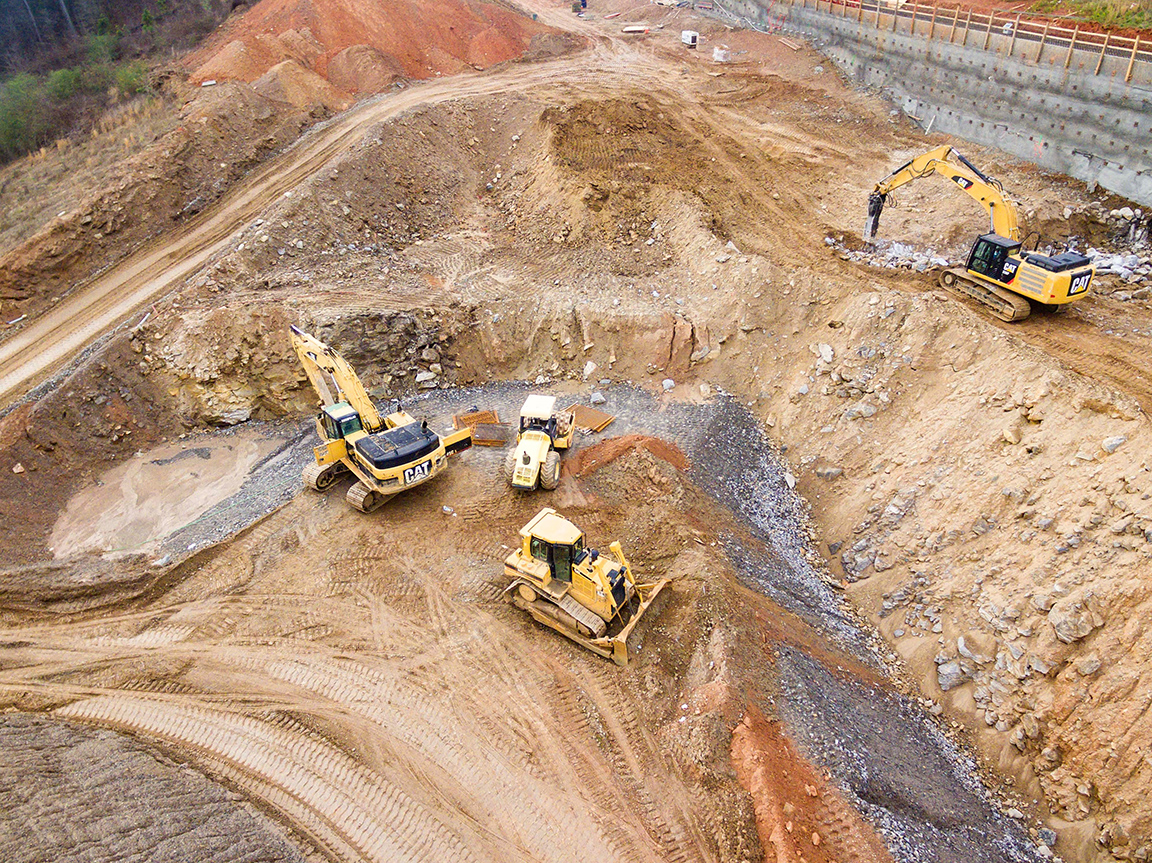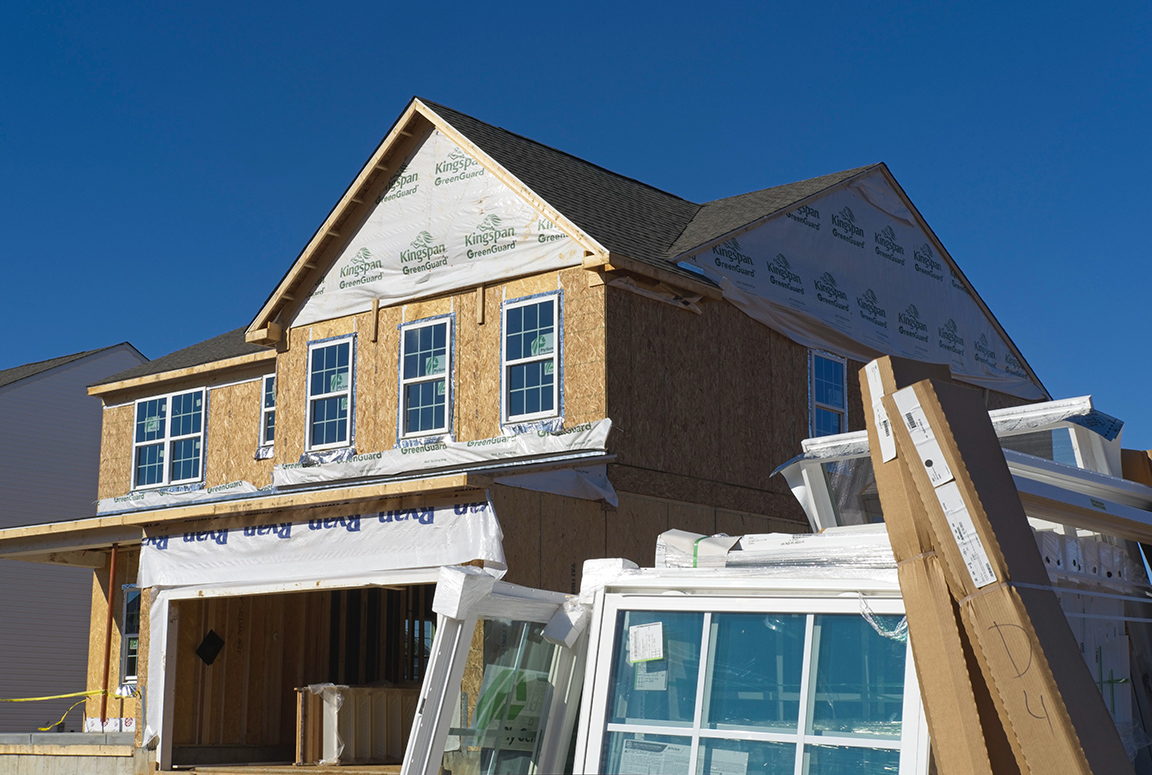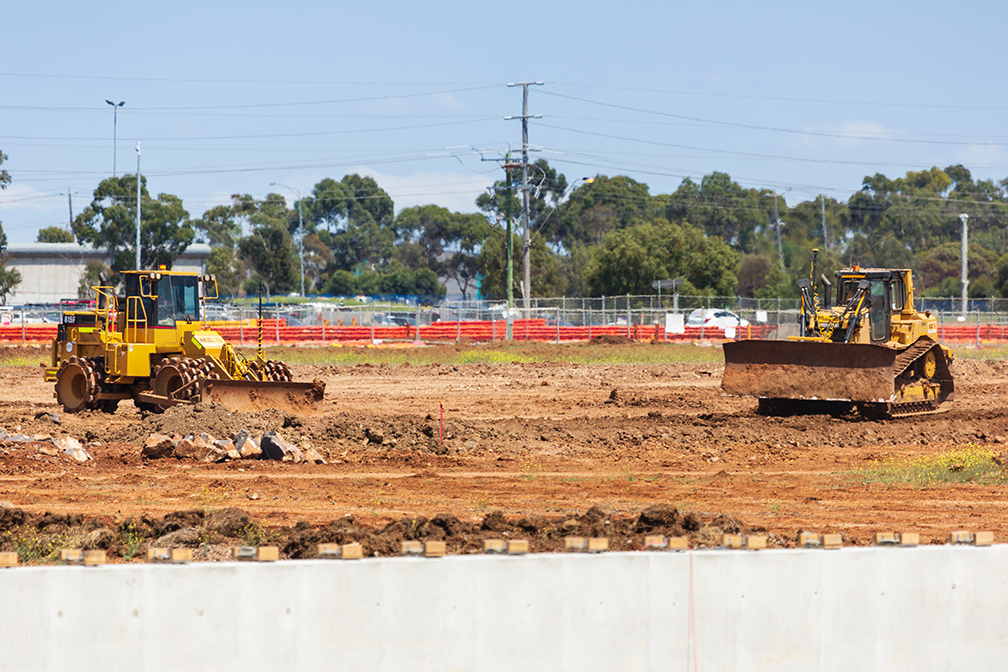Do I need a permit?
Not sure if you need a permit to carry out work on your property? Use the checklist below to better understand permitting needs for homeowners.
Step 1: Are you in the District?
Use the interactive map to the right to determine if you are in the Lower Minnesota River Watershed District (LMRWD) or a High-Value Resource Area (HVRA). If you are within the District or HVRA and developing a project that could affect water and natural resources, you may need to apply for a permit. If you've selected yes for Step 1, continue to Step 2.
Step 2: What City are you in?
Your city's status as an approved municipal local government unit (LGU) with the LMRWD will affect your permitting status.
Municipalities that do not require a permit with the LMRWD:
If you are in one of the following cities, you will apply with the City and not the watershed district. We've provided links to the municipal sites to find more information on your permit:
Municipalities that do require a permit with the LMRWD:
If you are in one of the following cities, you may need to apply for a permit with the LMRWD on our site. If you've selected yes for one of the cities below, continue to Step 3 to see if your project applies.
- City of Burnsville
- City of Chanhassen
- City of Chaska
- City of Eden Prairie
- City of Lilydale
- City of Mendota
- City of Savage
Step 3: What type of project are you completing?
If you've answered yes to Step 1-2, use the list below to confirm whether your intended work requires a permit. Most development in the LMRWD will trigger the permitting process. A developer or commercial real estate owner is required to apply for and obtain an individual project permit if it meets any of the following conditions:
- The project involves disturbance of 1 acre or more of land.
- The project involves the creation or reconstruction of 1 acre or more of impervious surface (a constructed or compacted hard surface that prevents or retards water from entering the soil. Examples include rooftops, sidewalks, patios, driveways, storage areas, concrete, asphalt, gravel roads, driveways, or storage pads).
- The project will fill or alter land below the 100-year flood elevation of any wetland or public water.
Step 4: Do any of the District Rules apply to your project?
Check to see if your project will trigger any of the Watershed District Rules. If you've selected yes, you will need to complete a permit. If the rules do not apply, you will not need a permit and can end the process.
Use the interactive map on this page to confirm whether or not your project is within a special overlay districts, which may trigger a permit for a smaller project type. For homeowners within the LMRWD special overlay districts (Steep Slopes, High Value Resource Areas, and Floodplain), the conditions for requiring a permit become more stringent. Homeowners that live within LMRWD special overlay districts have a higher probability of triggering and requiring a LMRWD individual project permit for their projects.
Steep Slopes Overlay District:
- The project involves excavation of 50 cubic yards or more of earth or the displacement or removal of 5,000 square feet or more of surface area or vegetation within the Steep Slopes Overlay District
- The project involves a net increase in impervious surface within or stormwater runoff to the Steep Slopes Overlay District
High Value Resource Areas:
- The project involves disturbance of 5,000 square feet or more of surface area or vegetation, or the excavation of 50 cubic yards or more of earth within a High Value Resource Area
- The project involves the creation or reconstruction of 10,000 square feet or more of impervious surface within a High Value Resource Area
If you are still unsure about your need for a permit, please contact permit@lowermnriverwd.org.



How to Get a Permit?
You can apply for a permit by submitting key items to the LMRWD website.
1. Complete the Application
Applicants are strongly advised to contact the District early in the project development process to allow for a non-binding, informal review to assess conformity with the rules. When you are ready to submit, go to the application page and follow instructions. Applicants must submit a complete permit application at least 20 business days before the regularly scheduled Board meeting to be considered. Board meetings are typically held on the first Wednesday of every month.
2. Receive Acknowledgment
Once you've submitted the application, you will receive an acknowledgement email from LMRWD within 1-2 business days, depending on when it is submitted. District policy requires that a permit application contain all necessary elements before the review process begins. An incomplete application results in additional correspondence and delays in the application review. This guidance is not intended to replace reading and understanding the LMRWD Rules. For an application to be considered complete, applicants must submit all items listed in the Required Information and Exhibits section for each Rule that applies to their project, except for items that are considered conditional approval items.
Conditional approval items must be submitted before issuance of a permit. Below are the conditional approval items for (1) Erosion and Sediment Control, (2) Floodplain and Drainage Alteration, (3) Stormwater Management, and (4) Steep Slopes:
- Name, address, and phone number for all contractor(s) undertaking land-disturbing activities as part of the proposed project
- Name, address, and phone number of individual responsible for inspection and maintenance of all erosion and sediment control measures
- Staging areas, as applicable
- Documentation of the project’s National Pollutant Discharge Elimination System (NPDES) Construction Stormwater Permit status, if applicable
You should not begin any work until your permit is reviewed and approved.
3. Application Under Review
The LMRWD permit review team will review the application to ensure it has been completed properly. Staff will follow up if they require more information. You will be notified on the completeness of your application within 15 business days.
To avoid project delays, the best practice is to submit your permit request at least 60 days prior to a scheduled Board meeting to ensure it is considered.
Permit staff will complete an in-depth application review to ensure the project meets LMRWD Rules and requirements.
4. Application Status Notification
You will be notified about the status of your permit application and next steps. At this stage, staff will reach out with concerns or send the permit to the Board for review and approval. Once an application is deemed complete, the District has 60 days to take action, or in other words, bring the application to the Board of Managers for a vote.
5. Board Meeting Results
If the project is approved by the Board of Managers, the District will notify the applicant and issue the permit, which is valid for one year.
If the project is conditionally approved by the Board of Managers, the District will notify the applicant and request the remaining conditional approval items before issuing the permit.
What do I need for a Permit?
You will need to prepare an individual permit application, available as both a PDF and web-based form. There is a permit fee required to accommodate the project review.